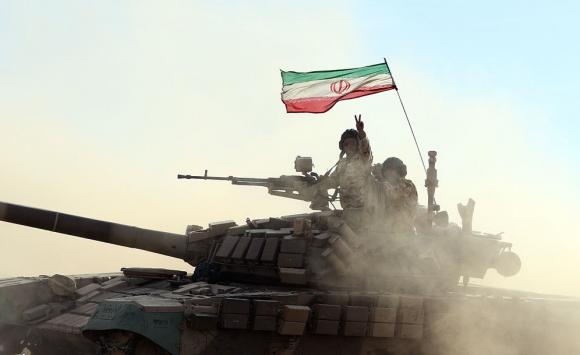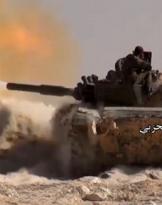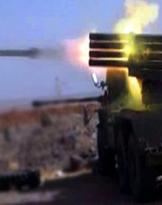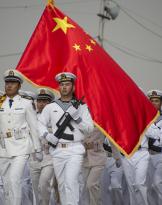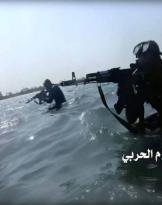We've been talking about this for months. Now it seems that the fruit is ripe: Iran and Saudi Arabia are at loggerheads. Everything seems to be summarized in the atavistic Shiite clash against Sunnis that tears the Islamic world from 1400 years. Behind the theological questions, however, there is an important geopolitical game that affects the global balance.
To better understand what is at stake, two factors must be taken into consideration:
* the end of Iran's international isolation after almost 40 years;
* the increase in the geopolitical weight of Saudi Arabia well beyond the Middle East area.
The first factor essentially depends (v.articolo) from the destabilization of historically balanced areas such as Syria and Iraq. Syria with a Sunni majority is governed by the Alawite of Assad (branch of Shiism); Iraq, for decades in the hands of the Sunni tribes of Tikrit, is mostly Shiite, especially in the south, in the rich Basra oil area. The two countries have always been the litmus test of the international weight of Tehran. Iran absolutely can not afford that Syria and Iraq fall into Sunni hands at the same time, especially if linked to Wahhabism, a theological-political current sponsored by the Saudis.
Even the western chancelleries understood the game with great difficulty, suddenly frightened by the realization of a one-color political axis that unites the increasingly confessional Turkey with the shores of the Persian Gulf. More: considering the Islamist penetrations in Eritrea, Kenya and Al Shabab in Somalia, the victory of ISIS (Sunni) in Syria would open a catastrophic scenario: from the Black Sea to the Indian Ocean, the Jihad Sunni would enjoy certain and uninterrupted geographical coverage.
It is widely believed that Iran has an interest in not hoping for a definitive defeat of ISIS, just because it is believed that ISIS and Saudi Arabia are really fighting each other. The direct involvement of the Iranian armed forces and of Hezbollah (Shiite) in Syria proves the opposite: Iran is an active and fundamental pawn in containing the Sunni drift that unites Riyadh and Caliphate more than it divides them.
 Putin's Russia understood the importance of the stake at stake before the West and tightened the already good relations with Iran (v.articolo).
Putin's Russia understood the importance of the stake at stake before the West and tightened the already good relations with Iran (v.articolo).
The military supplies of the last decade and the renewed use of the naval base of Bandar Abbas added the delivery to Tehran on the end of the 2015 of the S-300 systems, a real blow to Western air capabilities. After reassuring Israel (v.articolo), Moscow's direct intervention in Syria helped to clarify the deployment of forces and the current balance in the Middle East. We can argue that the elusive anti-ISIS and anti-terrorism front headed by Riad (v.articolo) it does not have great contents; for the ambitious Saudi Arabia it seems much more desirable to hold the game ball through Sunni supremacy from Atlantic Africa to Pakistani Kashmir. We also put Afghanistan in the supply chain, probably giving the Taliban or other Sunni fundamentalist Wahhabite forces a comeback.
What has been said helps us to understand the second point: Saudi Arabia has considerably enlarged its '' geopolitical charisma '' on the basis of a reversal in the balance of power with the United States, their historic privileged partner. Today, it is more Riad that influences Washington's choices than vice versa.
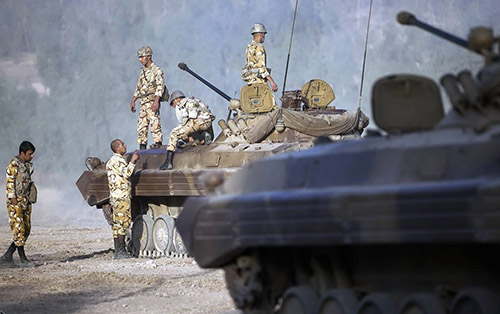
Among the most evident causes is the political credit that Saudi Arabia has gained with the United States by virtue of a production of crude oil kept over-high to deflate the price of the barrel. The American pressure in this sense is to be read above all in an anti-Russian key, but it also irritates Iran, the fourth largest oil power in the world and very damaged by the fall in prices. It is no coincidence that the Minister of Oil Benjamin Zanganeh in October 2015 sent OPEC the official request to cut production to allow the price lists to rise.
Here then is that the terrain of competition between Iran and Saudi Arabia takes shape. Behind the clash between Shiites and Sunnis there is a geopolitical rivalry for the domination of a macro-regional area at the center of global strategic interests.
The execution of the Imam Shiite Al Nimr and the violent Iranian reactions are only the external aspect of a centuries-old clash but which has been filled with new meanings by the international growth of Islamic fundamentalism.
The fire of the Saudi embassy in Teheran is going to overlap with the clashes now open in the Yemeni theater where Arabia and Iran are more than just supporters of the Sunni loyalists and the Houthi rebels respectively.
The threshold of the armed conflict between Riyadh and Tehran has been overcome but it is likely to remain confined to this peripheral area allowing the two new protagonists of Middle Eastern policies to consolidate their positions. The gap between Saudis and Iranians will increase and the Islamic world will continue to polarize. Russia has made its choice for the near future. We will see Europe and USA.
(photo: IRNA)

